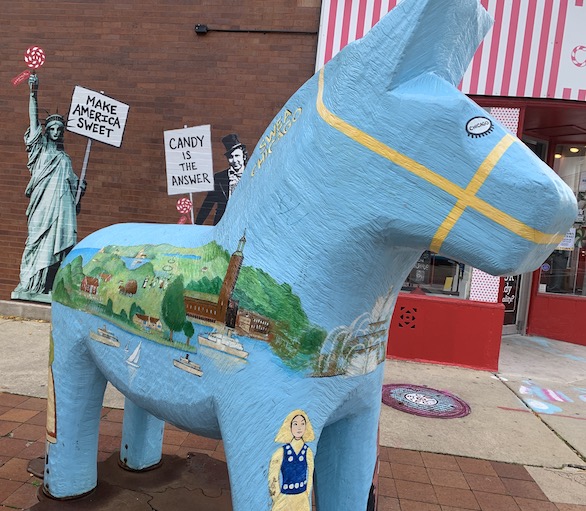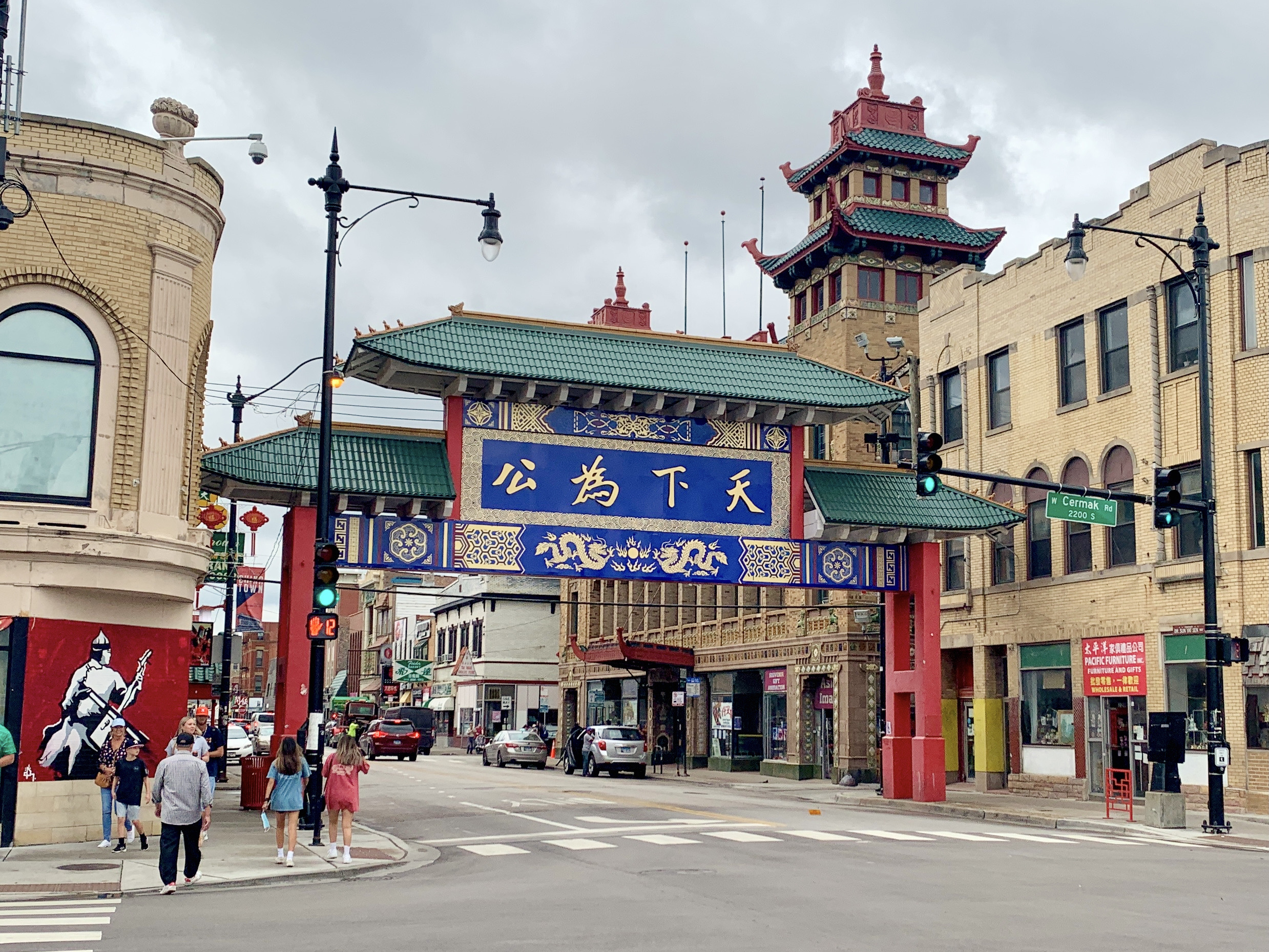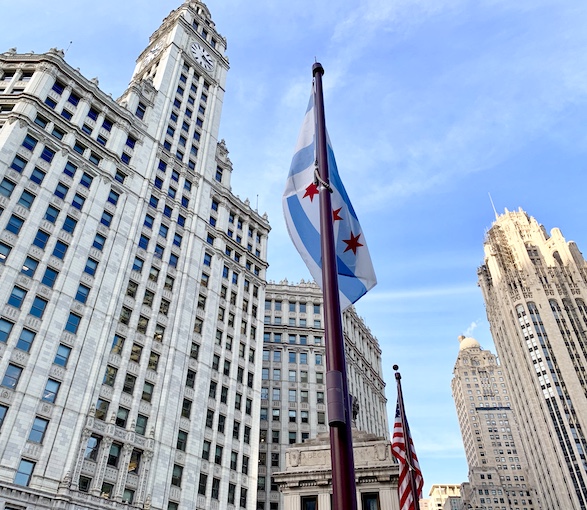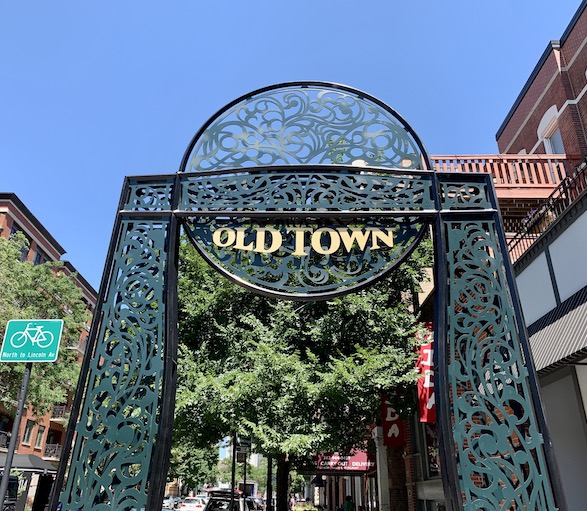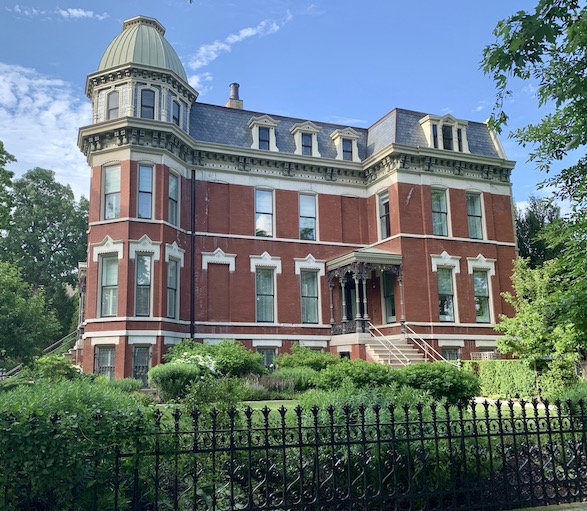Looking For Something Different?
Book a Group / Private Tour or Special Event Speaker Today
Private Tours
L Stop Tours offers private tours to those who wish to arrange something different from our public tours. Examples of this include (but are not limited to):
- Tours that are dedicated exclusively to a specific group, family, etc.
- Tours in which the size of the group exceeds ten persons.
- Tours in which a more unique and different Chicago experience is desired.
- Tours in which the group requires specific timing, locations and activities.
In addition to customizing any of our public tours, check out some of the sample neighborhood tours below. Contact us today to begin arranging your unique tour of Chicago.
Events
Need a speaker or a group activity that is Chicago-centric for your audience? Let L Stop Tours to help make your event memorable. Examples include:
- 60 minute A/V presentations focusing on special Chicago topics, such as the History of Chicago’s Elevated Transit System (see the “Blogs” section of this website for additional presentation ideas).
- 15-30 minute Welcome to Chicago — What to Do and See While You’re Here.
- Chicago Trivia Game (group activity).
- And more.
To get things started, let us know what your interests are by completing our Contact Us form or calling us at 312-532-7124. Pricing will be determined by type of tour or special event, number of guests, location, inclusions, timing, etc. A member of the L Stop team will work with you to create a memorable Chicago experience.
Contact us today! We can’t wait to show you this amazing city!
Andersonville
Located about eight miles north of the Loop, Andersonville is a diverse, thriving community. In the days following the Great Chicago Fire of 1871, Andersonville had the second largest concentration of Swedish residents in the world outside of Stockholm. Today the neighborhood retains much of its Scandinavian charm and culture with a wide array of historic architecture, museums, galleries and a host of Swedish-influenced restaurants, taverns and retail shops.
A tour of Andersonville might include:
- A visit to the Swedish-American Museum
- Pastries or other delights at a Swedish bakery
- A cup of Glögg at a Swedish pub or a nearby craft brewery
- Residential architecture unique to Chicago
- Shopping that includes works by local artists, antique stores and more!
Chinatown
A little more than two miles south of the Loop (Chicago’s central business district) is Chinatown, home to approximately 16,000 area residents, 90 percent of which are of Chinese descent. Today’s Chinatown neighborhood was first settled in 1912 when a Chinese merchants association constructed a building that could house 15 stores, 30 apartments and the association’s headquarters.
A tour of Chinatown might include:
- A visit to Ping Tom Memorial Park
- Egg custard tarts or almond cookies from a Chinese bakery
- An exploration of the Chinese American Museum of Chicago
- A stroll through Chinatown Square with souvenir shops, boutiques, spice outlets and candy stores
- A taste of authentic Chinese cuisine at a local restaurant
- A ride on the Chicago water taxi (seasonal)
Michigan Ave | River North
River North is located on the north bank of the Chicago River. This area is one of the most prosperous and well-to-do areas of the city. River North contains popular restaurants and bars, landmark architecture, art galleries, museums, and culture. Michigan Avenue is home to the Magnificent Mile (Chicago’s premier shopping district), historic buildings and specialty boutiques.
A tour of Michigan Avenue & River North might include:
- See national landmarks like Tribune Tower and Wrigley Building
- Try deep dish pizza where it was invented
- Shop the Magnificent Mile
- Visit historic buildings and churches
- Enjoy a “cheezborger” at Billy Goat Tavern
- Stroll Chicago’s scenic Riverwalk
- Driehaus Museum, Museum of Ice Cream, McCormick Bridgehouse and Chicago River Museum
Old Town
Originally called “The Cabbage Patch” and later “North Town,” this Near North Side neighborhood received its name in the 1940s when a local art fair, the “Old Town Holiday,” became popular and local residents adopted the moniker for their community. The Old Town Triangle Association, a neighborhood residents group, gets its name from three streets that form a triangle surrounding the neighborhood — Ogden Avenue, North Avenue and Clark Street.
A tour of Old Town might include:
- A peek inside The Second City (comedy/improv club)
- Legendary and historic neighborhood taverns
- Beautifully restored Victorian houses and flats
- Chicago History Museum (additional cost)
- Gourmet food shops with samplings of chocolate, olive oil and spices
- Former Playboy Mansion (exterior only)
Wicker Park | Bucktown
Located on Chicago’s near Northwest Side, Wicker Park and Bucktown are neighborhoods that have experienced a lot of change over the years. Both areas were settled by Germans and Scandinavians in 1870; were home to several rich beer barons at the turn of the century (their restored mansions survive); welcomed waves of Polish immigrants between 1900-1930; experienced decline in the 1960s and 70s; and experienced a rebirth in the 1980s and ‘90s when artists, “yuppies”, and others were attracted by cheap rents and the area’s close proximity to downtown.
A tour of Wicker Park & Bucktown might include:
- A visit to quaint shops, art galleries, and boutiques
- A walk on the 606 elevated trail
- A drink on the roof of a restored vintage hotel
- A stroll down Beer Baron Row to see some of Chicago’s oldest and most beautiful mansions
- An exploration of the Flatiron Arts Building

